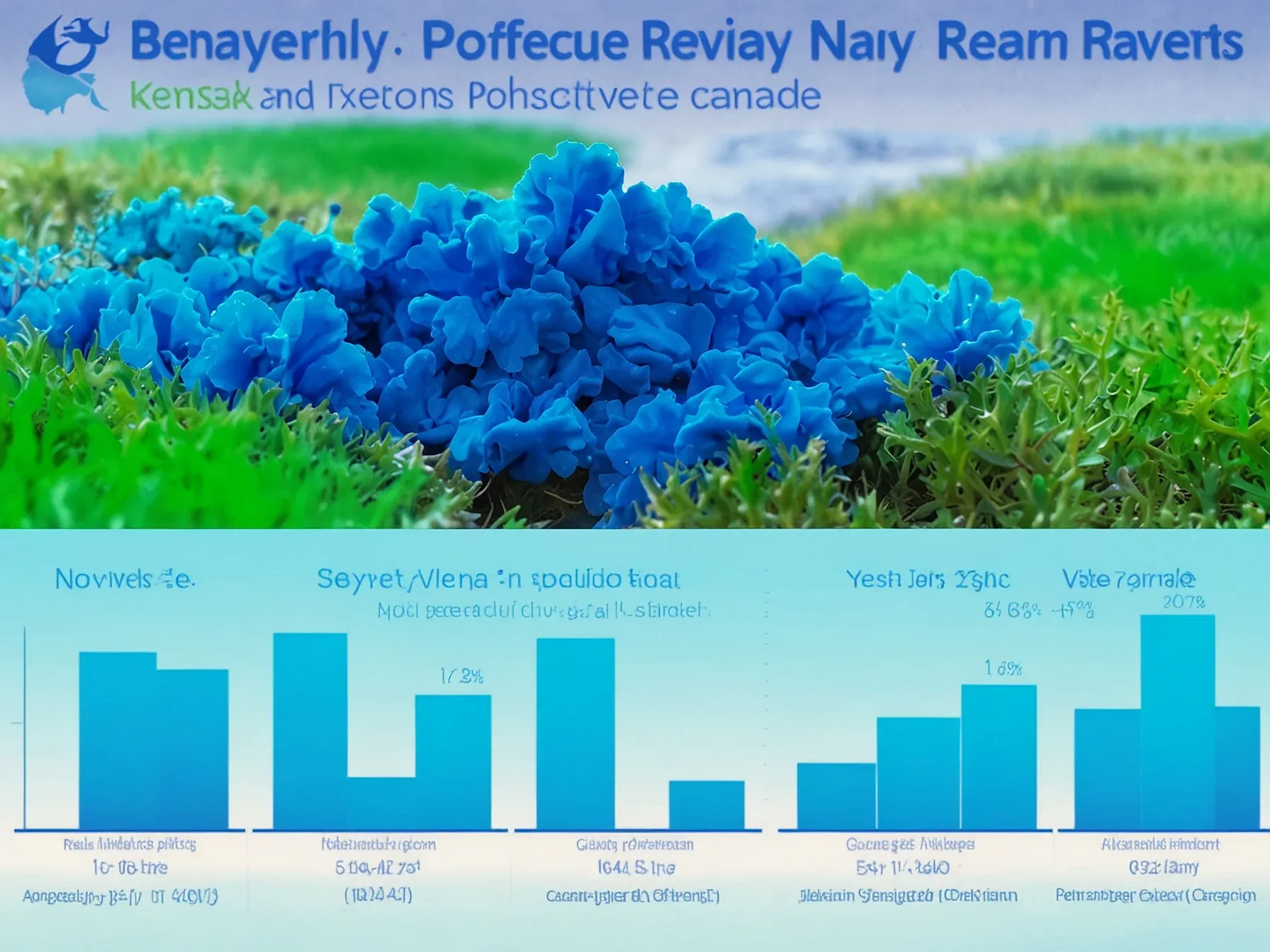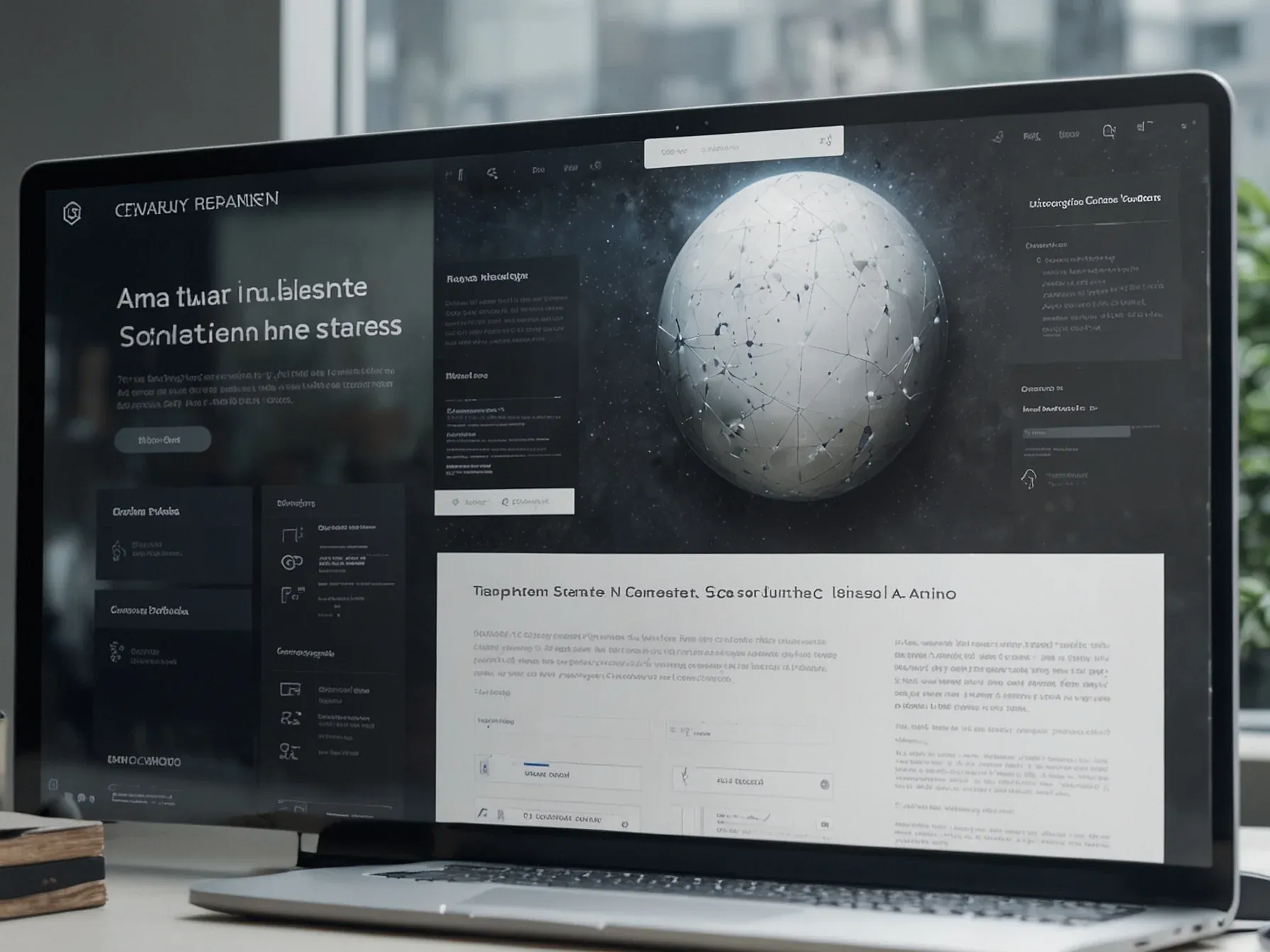
Benadryl poison reports rise from 4,618 in 2020 to 5,960 in 2023
Why are teenagers reaching for an over‑the‑counter antihistamine as a party trick? The answer isn’t in glossy marketing—it's in the data that poison‑control centers have been logging for years. While most parents think of diphenhydramine as a harmless sleep aid, a growing slice of the youth demographic has been experimenting with its hallucinogenic side effects, treating it as a low‑cost alternative to more illicit substances.
This pattern shows up in the numbers that public‑health researchers have been tracking, pointing to a shift in how “deliriants” are being used on the margins of teen culture. The trend also raises questions about how easily accessible medications can become informal drug‑of‑choice for a generation that’s constantly looking for the next buzz. As the study in *Pediatrics Open Science* reveals, the rise isn’t a blip—it’s a steady climb that mirrors broader concerns about non‑prescribed drug use among young people.
The figures below illustrate just how pronounced that climb has become.
In 2020, there were 4,618 cases reported to US Poison Centers for Benadryl usage; that number climbed to 5,960 in 2023, according to a study published in Pediatrics Open Science in August. Benadryl and deliriants in general have embedded themselves as staples on the fringes of the American youth--a cheap and easy way to get fucked up. WIRED reached out to Benadryl manufacturer Kenvue for comment. A spokesperson for the company stated, "This behavior is extremely concerning and dangerous," and encouraged consumers to "carefully read and follow the instructions on the label and contact their health care professional should they have questions." John started taking Benadryl recreationally in November 2024, when he was 20, after using it to sleep and then hearing about the potential to trip online.
Is the surge in Benadryl poison reports merely a statistical blip? The numbers say otherwise: reported cases climbed from 4,618 in 2020 to 5,960 in 2023, according to the August Pediatrics Open Science study. Yet the data stop short of explaining why.
Young people are deliberately ingesting dozens of antihistamine tablets, chasing intense hallucinations that often feature a faceless figure known as the Benadryl Hat Man. That image now appears on memes, Halloween costumes and even Walmart graphic tees, turning a drug‑induced experience into a cultural meme. Because deliriants have become a fringe staple among American youth, the rise in poisonings may reflect broader patterns of experimentation.
However, the report offers no insight into outcomes beyond the poison‑center calls, leaving the health consequences unclear. Moreover, it doesn't address whether the trend will persist or how public‑health interventions might curb it. In short, the uptick is documented, the symbolism is evident, but the longer‑term implications remain uncertain.
Further Reading
- Social media challenge: Encouraging adolescents to engage in dangerous misuse of over-the-counter antihistamines - EurekAlert!
- Trends in Pediatric Diphenhydramine Cases Reported to US Poison Centers: 2011–2020 - Pediatrics Open Science
- Notes from the Field: Antihistamine Positivity and Involvement in Overdose Deaths — 44 States and the District of Columbia, 2019–2020 - CDC MMWR
Common Questions Answered
What was the increase in reported Benadryl poison cases between 2020 and 2023?
The number of cases rose from 4,618 in 2020 to 5,960 in 2023, representing an increase of 1,342 reports. This upward trend was documented in a study published in Pediatrics Open Science in August.
Why are teenagers using diphenhydramine (Benadryl) as a party trick?
Teenagers are experimenting with Benadryl for its hallucinogenic side effects, treating it as a cheap alternative to illicit drugs. The drug’s deliriant properties produce intense visual hallucinations, which some youths find appealing for recreational use.
What cultural phenomena have emerged around the Benadryl hallucination known as the "Benadryl Hat Man"?
The "Benadryl Hat Man" has become a meme, appearing on social media, Halloween costumes, and even Walmart graphics. Its popularity reflects how the drug’s hallucinations have permeated youth culture beyond the poison‑control data.
How did Kenvue, the manufacturer of Benadryl, respond to the rise in poison reports?
Kenvue issued a statement describing the behavior as "extremely concerning" and highlighted the need for greater awareness about the risks. The company did not provide specific actions but emphasized the seriousness of the trend.




